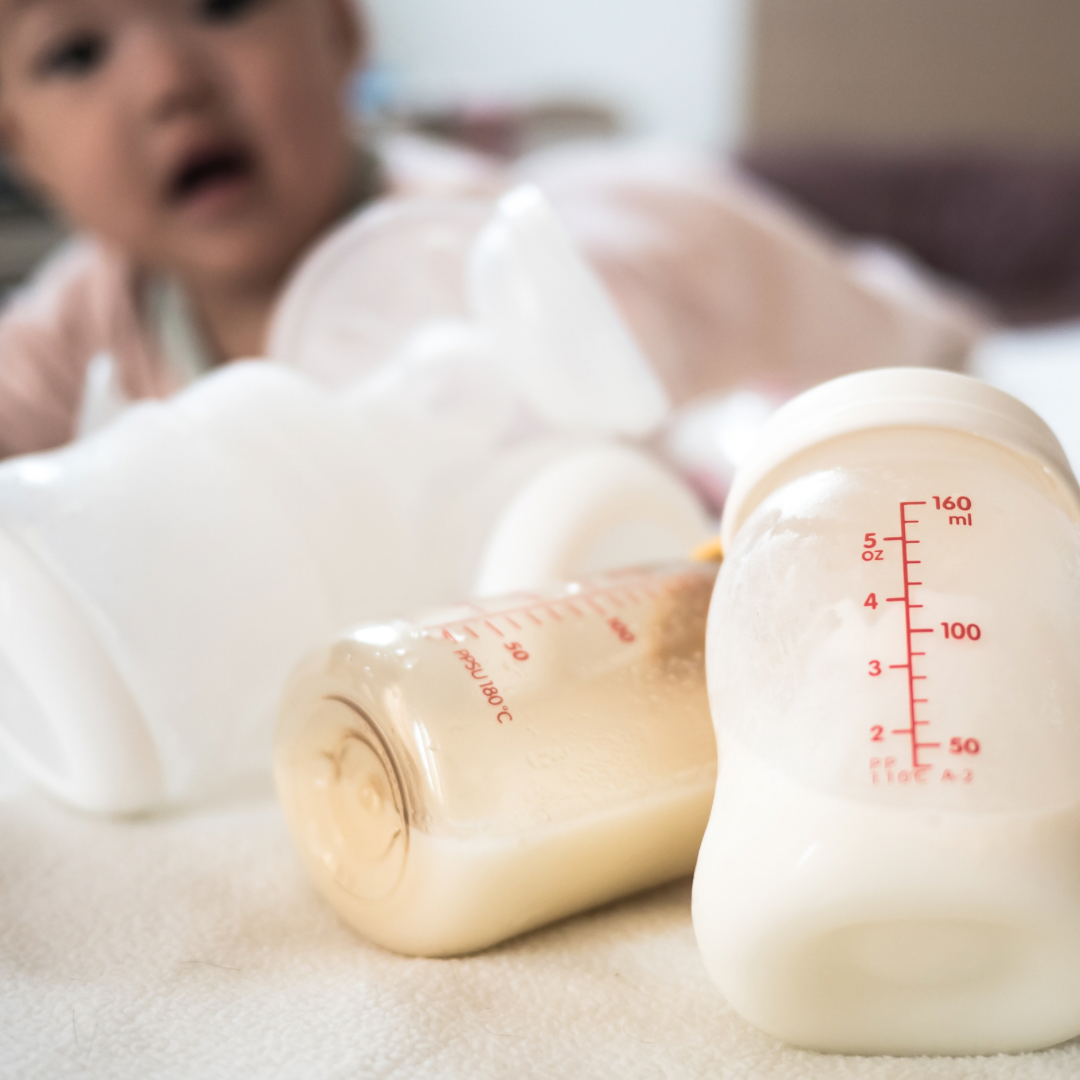The facts about foremilk and hindmilk
Foremilk and hindmilk are terms used to describe the two different types of breastmilk produced during a single breastfeeding session, and they have been studied to understand their roles in infant nutrition.
1. Foremilk is the milk released at the beginning of a feeding session. It tends to be higher in water content and lower in fat, serving to hydrate the baby and quench thirst. It is usually lighter in color due to its lower fat content.
2. Hindmilk is the milk that comes later in the feeding session, once the baby has removed some of the initial foremilk. Hindmilk is richer in fat and calories, which help the baby feel full and gain weight. This milk is creamier and higher in calories, supporting longer-term satiety.
Key Research Findings:
• Fat Content Variation: Research shows that as a feeding session progresses, the fat content in breastmilk gradually increases. This is due to the way fat globules in milk are released from breast tissue as the breast is gradually emptied.
• Myth of “Exact Timing”: Older advice sometimes suggested mothers switch breasts on a timed schedule to make sure their baby gets hindmilk. However, newer research suggests that timing varies between individuals, and babies tend to self-regulate well, getting both foremilk and hindmilk in quantities that meet their needs.
• Foremilk-Hindmilk Imbalance: Rarely, some babies may experience an imbalance if they only drink foremilk. This is especially true if the mother has an oversupply. This can cause symptoms like gassiness or green stools due to higher lactose levels in foremilk, which may overwhelm a baby’s ability to digest it. In these cases, strongly consider working with a lactation specialist.
• Individual Variations in Milk Composition: Studies show that milk composition varies not only across a feeding but also based on the mother’s diet, time of day, and infant’s needs. This individualized variation means that for most breastfeeding mothers, focusing on feeding cues rather than strictly monitoring “foremilk” and “hindmilk” will naturally balance a baby’s intake.
Most lactation experts today recommend feeding “on demand” and allowing the baby to switch sides if there is a natural break in the nursing session, baby needs a burp ot baby needs a reset. You can always switch back to the first side too! This approach helps ensure the baby receives a balance of both foremilk and hindmilk without overcomplicating feeding strategies.
When in doubt, get individualized support with your own lactation specialist. I am available in the Boston area or virtually.
